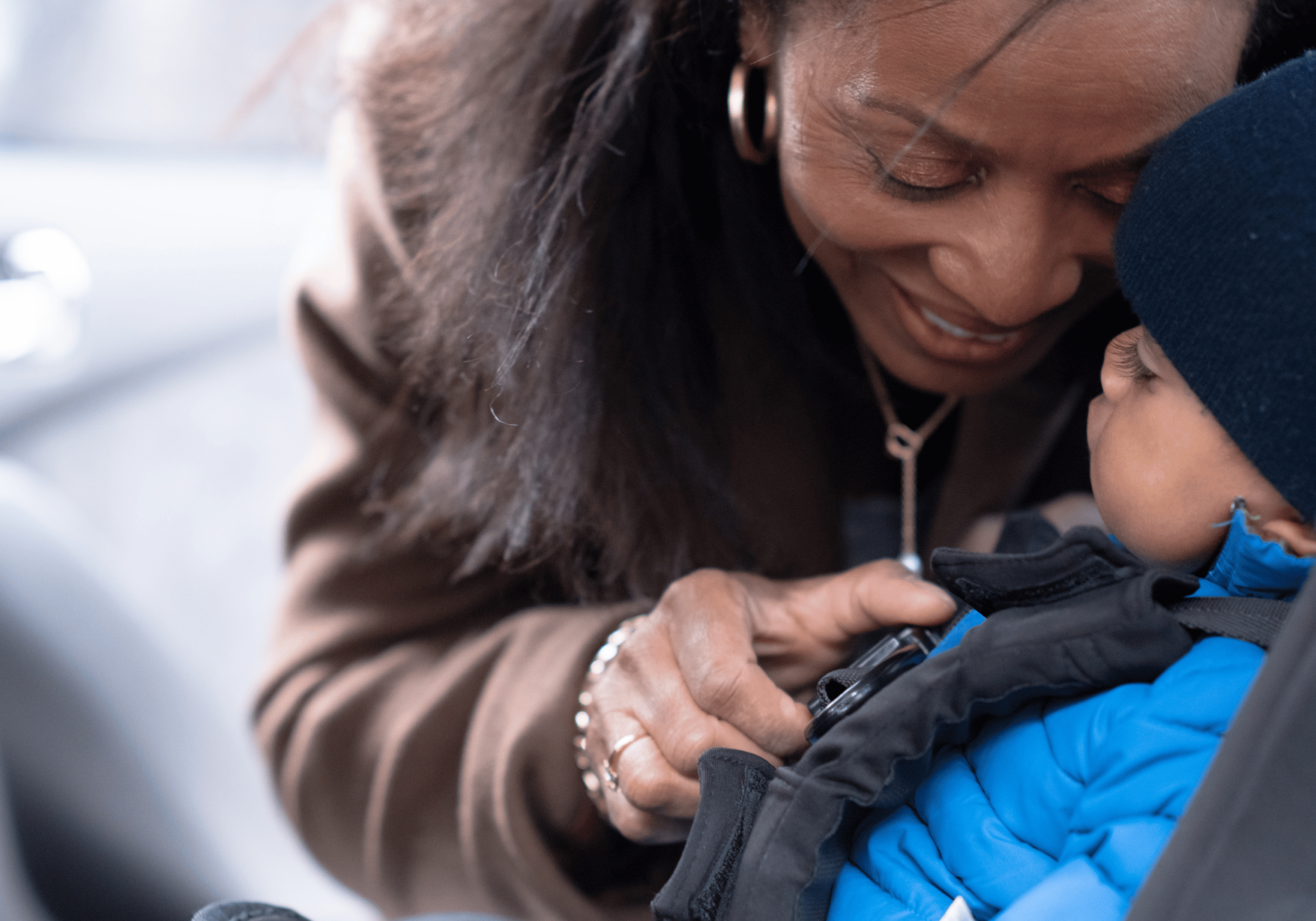
Parents want their children to be happy and safe. But car travel poses great risks for kids. The Centers for Disease Control (CDC) reports that car accidents are the leading cause of death for children aged 5 to 19. Even those who survive car accidents can be left with injuries that last well into adulthood.
Of course, refusing to drive with your family is not an option. So, this post will provide helpful information about children and car accidents for parents and caregivers. In this post, our Birmingham car accident lawyer will explain how to prevent accidents and how to help a child after an accident.
Children and Car Accidents: A Serious Issue
As mentioned above, car accidents are the leading cause of death for American children. The government’s most recent reports show that in 2018, nearly 200,000 children under 14 were seriously injured in car accidents. That same year, 1,038 children aged 0-14 died in car crashes. CDC records show that every hour, nearly 150 children under 18 visit the ER after car accidents.
These numbers demonstrate the danger that car accidents pose to children. But there is some good news. Since 1975, the number of children hurt or killed in car accidents has dropped sharply. This drop likely happened because changes in laws, car seat design, car seat use, and vehicle designs made things safer for children.
How Children are Injured in Car Accidents
While many factors cause adults to be hurt in car crashes, most children’s injuries occur for one reason. Most injuries and fatalities to children in car accidents happen because the children have not been properly restrained.
Car seats save lives. The National Highway Traffic Safety Administration (NHTSA) found that car seats reduced infants’ risk of death by 71 percent and toddlers’ risk of death by 54 percent.
You might wonder, then, why car seats aren’t 100 percent effective. Sadly, many parents fail to install or use them properly. One NHTSA study found that roughly 59 percent of all car seats were installed or used incorrectly.
Of course, children eventually move from car seats to seat belts. But again, not all children use seat belts. The CDC found that nearly 50 percent of children aged 8-12 did not buckle up regularly.
While car seats are specific to children, other causes of car accident injuries remain the same. Like adults, children are more likely to be injured when a driver is distracted, intoxicated, speeding, or otherwise driving unsafely.
How Children’s Injuries are Different
Children and adults experience injuries in different ways. Because they are smaller and lighter than adults, children are more likely to be thrown around the car’s cabin during a crash. This makes children more likely to be hurt.
Children also get hurt in different places than adults. While the most common car crash injury for adults is whiplash, children are more likely to suffer concussions, chest injuries, and even organ damage.
Injuries affect children’s development for years. The NHTSA notes that childhood brain injuries can appear later in life or even be permanent.
Finally, remember that accidents often cause both physical and emotional harm. While most adults are used to the sights and sounds of a typical accident, these can be very upsetting for children. A serious accident – especially one where a child witnesses a loved one’s injury or death – can be truly traumatic for a child. This emotional pain can last long after wounds have healed.
How to Protect Your Children Before an Accident
Parents and caregivers can take steps to keep children safe. Here are a few things parents can do to reduce the risk of injury for children.
- Always use car seats or seat belts.
Always place children in age-appropriate car seats or seat belts. NO exceptions. Even if you’re “just going around the corner,” everyone needs to be properly restrained. - Make sure that your car seat is installed properly.
Remember, car seats only work when installed properly. A child passenger safety (CPS) technician can help parents install seats. - Register your car seat.
All car seats come with registration cards. Fill this card out and return it. Once you register, the manufacturer will notify you if the car seat is recalled. - Throw your car seat away after an accident.
A car seat that’s been in an accident can no longer keep a child safe. Throw away all car seats after an accident. Do not donate or abandon a car seat that’s been in an accident. (You cannot tell if a car seat is safe by looking at it. Assume that it is damaged.) - Know the law.
Alabama law says that children must ride in rear facing seats until they turn one year old or weigh 20 pounds. Parents can use forward-facing seats until a child turns five or weighs 40 pounds. All other children under six must use a booster seat.
Put children in the backseat.
Front seats are particularly dangerous for children. Make children ride in the backseat. (Alabama law says that children must ride in the backseat until age 13.)
How to Help Your Children After an Accident
Even a minor accident can be upsetting. But parents must quickly regroup to focus on their children. Here are a few things to do after an accident.
- Call 911.
If there are major injuries call 911 right away. If there are no obvious injuries, call the police non-emergency number. (You will need a police report for your insurance claim.) - Take your child to the ER.
It’s important to seek medical care for children immediately, even if they seem unhurt. Babies and small children cannot tell you if they are hurt. Older children may not know that they are hurt. So, a medical visit soon after the accident is best. (Don’t forget to make a follow-up appointment to check for injuries in the days or weeks after the accident.) - Be on the lookout for trauma.
Look for signs that the accident has emotionally affected your child. Small children might go back to behaviors like bedwetting or thumb-sucking. Older children might have nightmares or insomnia. Talk to your children often to see how they are handling things. Contact a therapist, if needed.
Can My Child Get Compensation?
Children’s injuries can be very serious and very costly. Luckily, an injured child may be eligible for compensation. In Alabama, a parent can use three methods to recoup the money spent on a child’s recovery. A parent can: 1) file a claim with their insurer; 2) file a claim against the other driver’s insurance; or 3) file a personal injury lawsuit.
If you decide to file a lawsuit, you should know that the law treats children differently. The law gives children a more flexible timeline for filing their lawsuits. Also, if an insurance company makes a settlement offer for a young child, a court must approve it. There are other differences as well, but an Alabama car accident attorney can help you.
Hopefully, this article on children and car accidents has helped you understand how to keep children safe. If your child has been injured, call Collins Law, LLC. Our firm will work hard for your child and help your family get what it needs to get back to normal.
Call (205) 588-1411 to schedule a free consultation. We provide services to those looking for a car accident lawyer in Madison, Birmingham, and other areas in Alabama.

